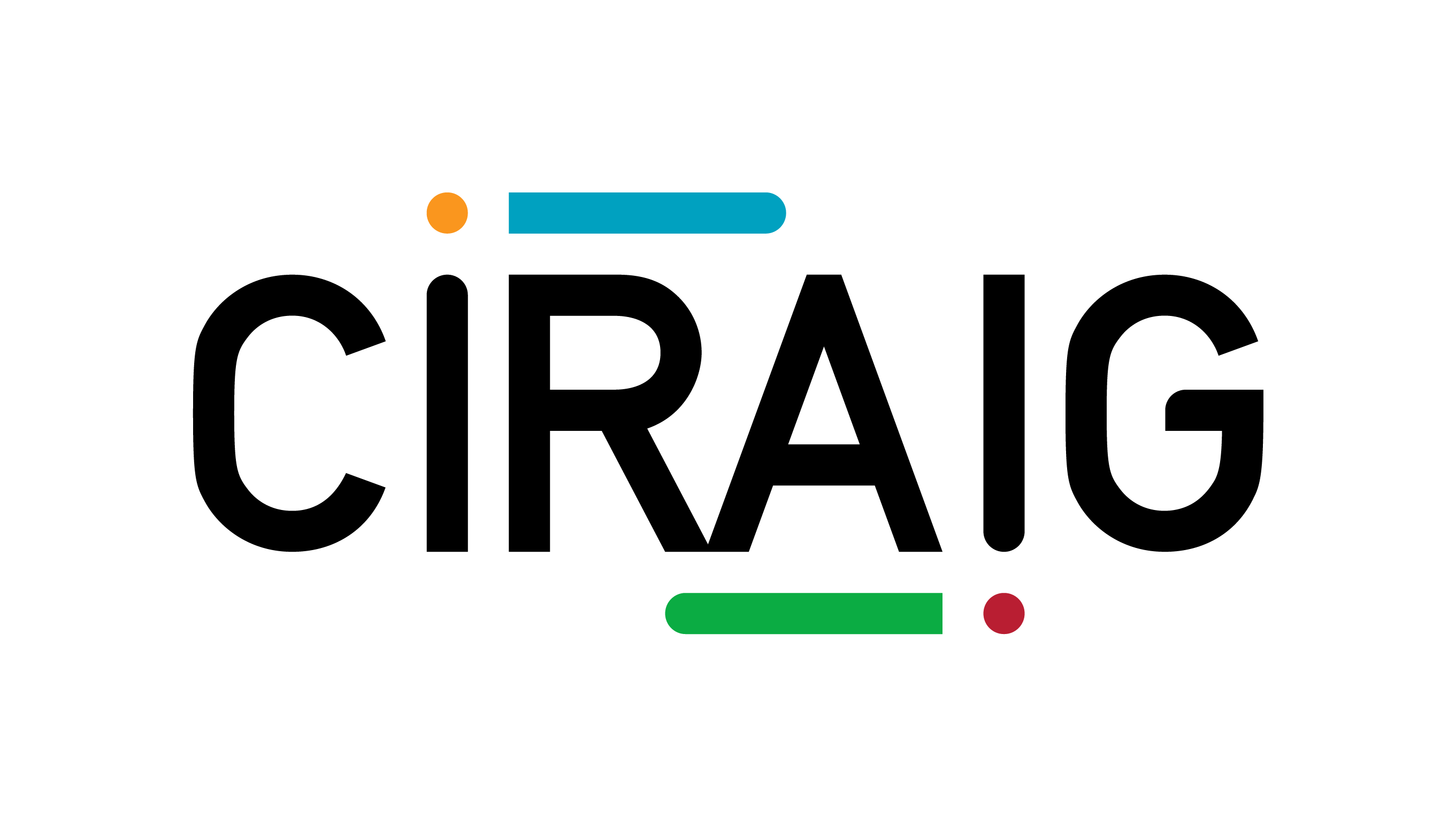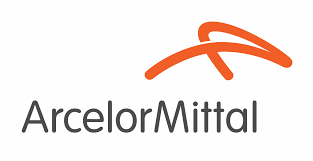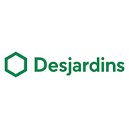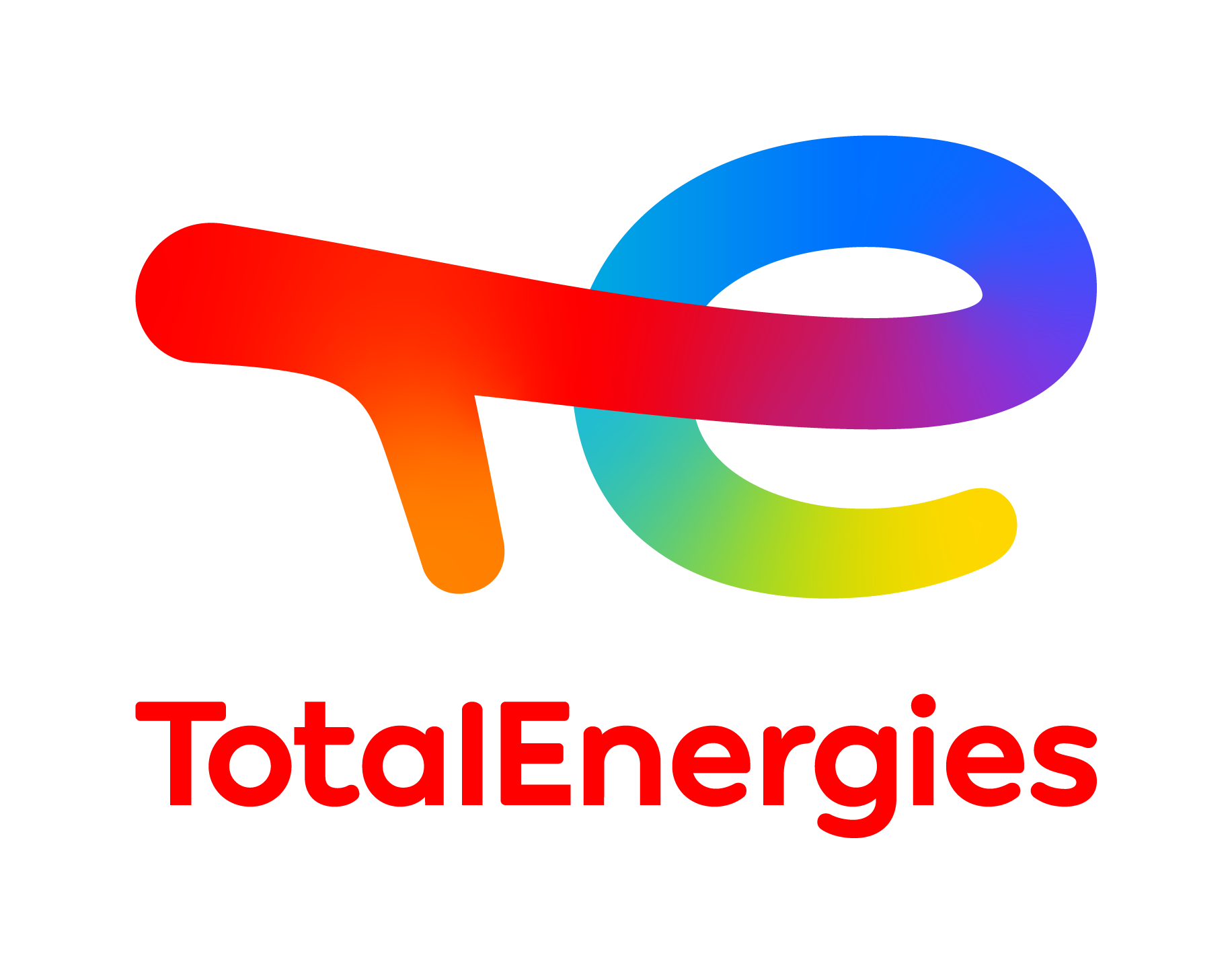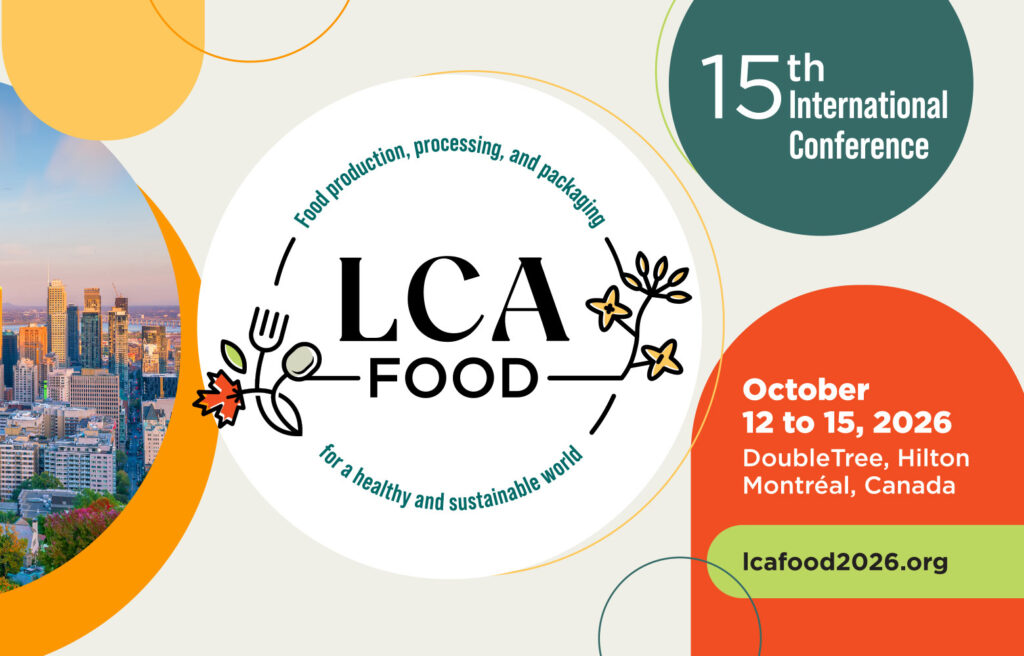dynCO2: Dynamic Carbon Footprinter
A dynamic LCA software tool used to calculate temporal carbon footprinting


The dynamic carbon footprinter, DYNCO2, is a dynamic LCA software tool used to calculate temporal carbon footprinting. With the help of a simple Excel Spreadsheet, you can calculate the impact of your life cycle greenhouse gas (GHG) emissions over a time period. This new dynamic approach can allow taking into account the temporal distribution of the emissions by using a dynamic inventory.
Global warming impact assessment results are very sensitive to the choice of a time horizon. Usually, in LCA as in other current carbon accounting or footprinting methods, the time horizon is chosen before the calculation is completed. Dynamic LCA provides the evolution of the global warming impact over time, which allows decision makers to test the results of different scenarios where time is prevalent, such as temporary carbon storage, gradual carbon sequestration in biomass and delaying GHG emissions. DYNCO2 can help answer questions such as:
Is planting trees the way to go to mitigate GHG emissions caused by air travel?
What is the carbon footprint of a building that has a 75-year lifetime?
The dynamic LCA approach is the next generation of carbon footprinting
Publications
The scientific bases of the dynamic LCA method used by DYNCO2 have been published in Environmental Science & Technology in 2010. The article is available using the following link: http://pubs.acs.org/doi/abs/10.1021/es9030003. Two other papers published in Climatic Change and Journal of Industrial Ecology present different applications of this approach.FAQ
What can I use DYNCO2 for?
DYNCO2 is a tool used to calculate the carbon footprint of products or projects using life cycle assessment (LCA), while considering the moment when greenhouse gas (GHG) emissions occur. This tool proposes a method that consistently integrates different temporal aspects into carbon footprinting, such as temporary carbon storage in long-lived products or GHG emissions mitigation projects using carbon sequestration in forests, etc.For what kind of products can I use DYNCO2?
DYNCO2 can be used for any product, service, process or project. The bases of the study (scope and boundaries) are set using the life cycle assessment methodology as described in the ISO 14040 standard.Which timeframe should I use to analyze the results?
The cumulative impact results provided by DYNCO2 can be very sensitive to the choice of a time horizon. By providing results that are detailed over time, DYNCO2 enables the user to analyze the consequences of this choice. The choice of a time horizon is a value-laden decision, since it leads to not considering the radiative forcing occurring beyond. Although a 100-year horizon is often used since it is the value adopted by the UNFCCC (United Nations Framework Convention on Climate Change) within the framework of the Kyoto Protocol, another value can be chosen according to the objectives of the study. One can choose a longer time horizon in order to avoid postponing impacts on future generations in a sustainable development point of view; or choose a shorter time horizon in order to favour short-term actions that rapidly decrease global warming, counting on technology improvements and knowledge to mitigate longer-term impacts. The following paper published in Nature Climate Change discusses different implications regarding the choice of a time horizon for this type of analysis. http://www.nature.com/nclimate/journal/v2/n1/full/nclimate1335.html.We use cookies on our website to give you the most relevant experience by remembering your preferences and repeat visits. By clicking “Accept”, you consent to the use of ALL the cookies.
Manage consent
Privacy Overview
This website uses cookies to improve your experience while you navigate through the website. Out of these, the cookies that are categorized as necessary are stored on your browser as they are essential for the working of basic functionalities of the website. We also use third-party cookies that help us analyze and understand how you use this website. These cookies will be stored in your browser only with your consent. You also have the option to opt-out of these cookies. But opting out of some of these cookies may affect your browsing experience.
Necessary cookies are absolutely essential for the website to function properly. This category only includes cookies that ensures basic functionalities and security features of the website. These cookies do not store any personal information.
Any cookies that may not be particularly necessary for the website to function and is used specifically to collect user personal data via analytics, ads, other embedded contents are termed as non-necessary cookies. It is mandatory to procure user consent prior to running these cookies on your website.
Your subscription could not be saved. Please try again.
Your subscription has been successful.
